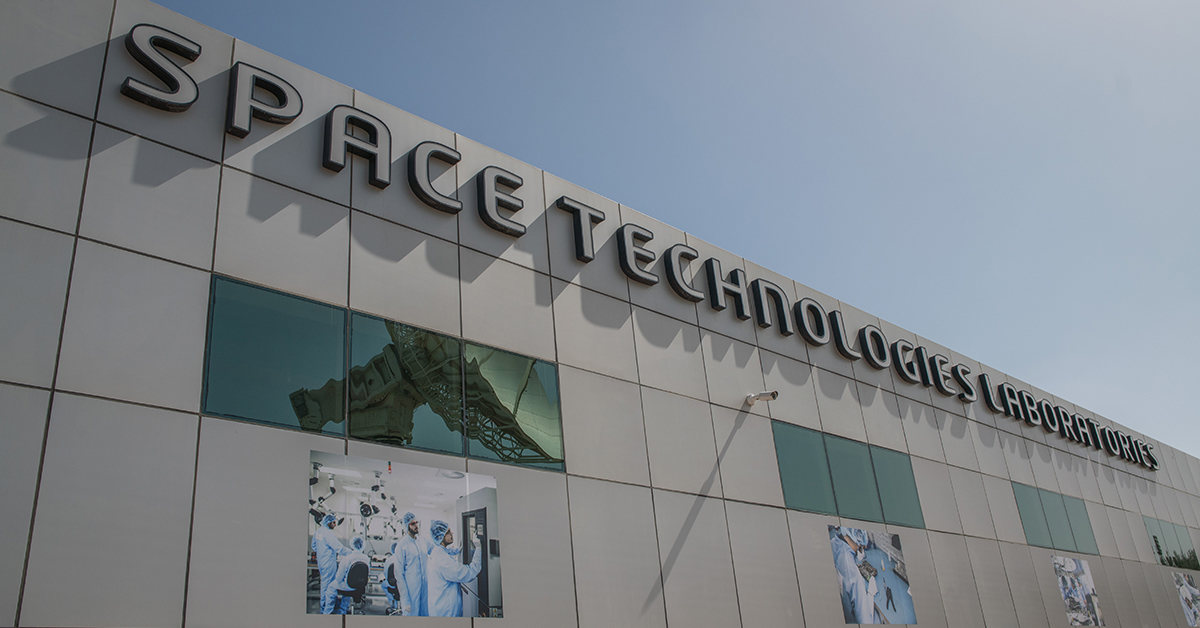The Arab world’s first spacecraft underscores the UAE’s drive to give a new direction to its youthful population.

The successful entry into orbit around Mars in February of an interplanetary spacecraft launched by the United Arab Emirates (UAE) harkened the return of a long-marginalized region to the scientific center stage.
“There are two aspects to the mission,” says Farouk El-Baz, a former lunar geologist with the US National Aeronautics and Space Administration (NASA) who serves on the mission’s high-level international Scientific Advisory Council. “The first is to uplift the spirit of the UAE and the Arab world, to say, ‘We can do it.’ The other is to complement the scientific information of the big guys.”
The “big guys” would be the US and China, which were already up there. Now, the Arab world wants a piece of the action. “Arab civilization once contributed to science,” says Marwa Maziad, a nonresident scholar at the Defense and Security Program of the Middle East Institute in Washington, DC, who sees this latest scientific success as a return to form that will yield commercial benefits.
Turning 50 this year, the UAE built its economy on oil; although it began to diversify earlier and more energetically than its Gulf neighbors. “The UAE has led the Arab world to new frontiers in deep space for the first time in history,” Sheikh Mohammed bin Rashid Al Maktoum, vice president and prime minister of the UAE and emir of Dubai, said in a statement. “Our space mission carries a message of hope and confidence in Arab youth.”
He did not use the word hope by chance. With a capital “H,” that’s the name of the spacecraft (Al-Amal in Arabic), chosen from thousands of suggestions received through a nationwide drive.
The public face of the space program has been a young woman, Sarah bint Yousif Al Amiri, born in 1987, minister of state for advanced technology, who launched it in 2015 with a request on Twitter for people to suggest its name. She serves as chairwoman of the UAE’s space agency and the UAE Council of Scientists as well as minister for advanced technology.
The mission is writing “a different narrative and interpretation for an Arab-majority country and what it presents to the world,” says Maziad. “The UAE is emphasizing the STEM fields, and not just oil, not just old failures.” The “new branding,” as she puts it, leans on international cooperation in contrast to the old stereotypes of “support for extremism.”
The UAE’s Mohammed Bin Rashid Space Centre worked with the University of Colorado, Boulder; Arizona State University; and the University of California, Berkeley, to design and build the spacecraft. It was launched from the Tanegashima Space Center in Japan and was propelled by a Japanese rocket. The scientific data from the flight will be shared with over 200 institutions around the globe and will focus on the Martian atmosphere. “Mars is losing its atmosphere,” says El-Baz. “How?”
The flight makes the UAE just the second country to successfully enter orbit around Mars on the first try (the other was India). The $200 million expedition will last one Martian year, a little under two Earth years. While the mission took just six years to unfold, the UAE’s interest in space exploration dates at least to the 1970s, when El-Baz first visited as a member of the renowned US Apollo team.
Over the last dozen years, the country has launched 10 satellites. A year and a half ago, it sent an astronaut to the International Space Station. Now the UAE proposes to subsidize an Arab-wide satellite, according to El-Baz. “Hope was the seed to encouraging the Arab world to think big,” he says.
The mission is designed in particular to “send a message to the Arab world and its youth,” says Maziad, “that any individual can be part of this.”



